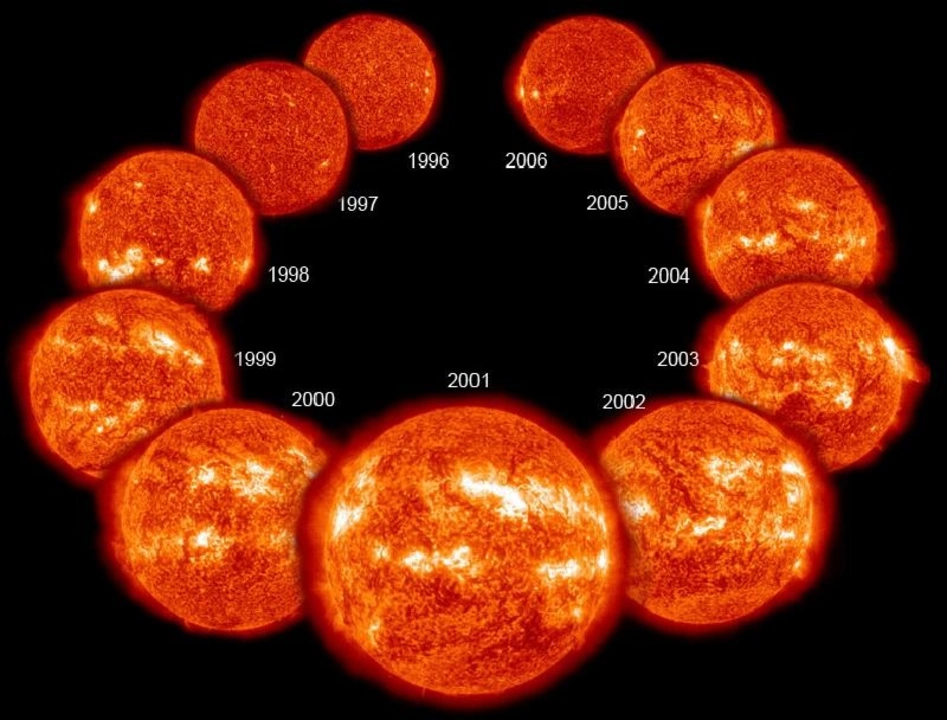Insolation: How Sun Exposure Impacts Your Health, Medications, and Everyday Life
Ever notice how being out in the sun can make you feel amazing—or sometimes burned and drained? That’s insolation at work. Insolation means exposure to the sun’s energy, and it’s way more important for your health than most people realize. Sunlight isn’t just about getting a tan or some vitamin D. It actually affects your skin, your risk for some diseases, and even how certain medicines work in your body.
Let’s talk about skin first. Sunlight packs a punch with UV rays, and too much of it can mean sunburn, early wrinkles, or, if you’re really unlucky, skin cancer. Dermatologists always warn about using sunscreen, but did you know that insolation can trigger flare-ups for people with conditions like eczema or lupus? For folks with extra-sensitive skin, a simple walk at noon can be more trouble than it’s worth. If you’re on acne treatments like adapalene or retinoids, doctors usually say avoid direct sun, because those meds make skin super sensitive and can cause nasty burns way faster than normal.
It’s not just your skin that gets affected. Some medical conditions worsen with sun exposure. Think about lupus or rosacea—too much insolation can bring on a flare. But on the flip side, sunlight also fuels your vitamin D levels, which your bones and immune system need. There’s a sweet spot: enough sunlight to stay healthy, not so much that you’re putting yourself at risk.
If you’re taking certain medications, insolation can be a curveball. Lots of antibiotics (like doxycycline) make your skin much more sensitive to UV, so even a short time outdoors can cause reactions. Same deal goes for meds like hydrochlorothiazide (used for blood pressure) or some antidepressants—they can leave your skin sunburned before you know it. The simple fix? Check the warning label, ask your pharmacist, and if your meds say avoid sun, don’t mess around. Cover up and pick up a high-SPF sunscreen. Wide-brim hats are underrated and work way better than you’d think.
The link between insolation and mental health is wild, too. There’s hard evidence that sunlight boosts your mood and helps keep your body clock on track (that’s why some folks get the winter blues). But moderation matters—a little sun can brighten your day, but too much is never good. If you work outside or play sports, stick to mornings or late afternoons. Midday sun is the hardest on your skin and body.
What if you mess up? A sunburn isn’t just annoying—it’s a real injury. Cool baths, extra hydration, and gentle, fragrance-free moisturizers can help heal faster. Skip harsh creams or home remedies that can make things worse. If you have blisters, fever, or feel sick, see a doctor right away. Heat exhaustion and sunstroke are no joke, especially for kids or anyone on diuretics or heart medicines.
Keeping safe in the sun isn’t just about comfort—it’s about long-term health. Whether you’re dealing with medication side effects, chronic illness, or just want to keep your skin looking good, smart sun habits pay off now and later. The takeaway: enjoy the sun, respect its power, and pay attention to how your body—and your meds—react. For the best info on how insolation ties into your medications or skin conditions, always double-check with your pharmacist or healthcare provider. Your health—and your skin—will thank you.
How do sunspots affect insolation?
Sunspots are dark, cooler regions on the surface of the Sun caused by intense magnetic activity. They are known to affect the amount of insolation - the amount of solar radiation that reaches Earth's surface - in a variety of ways. Firstly, sunspots can absorb some of the solar radiation, reducing the amount of insolation that reaches the Earth's surface. Secondly, they can also contribute to the scattering of solar radiation, resulting in a decrease of insolation. Lastly, they can also act as a shield, blocking some of the solar radiation from reaching the Earth's surface, leading to an overall decrease of insolation. Therefore, sunspots can have a significant effect on the amount of insolation that reaches the Earth's surface.
